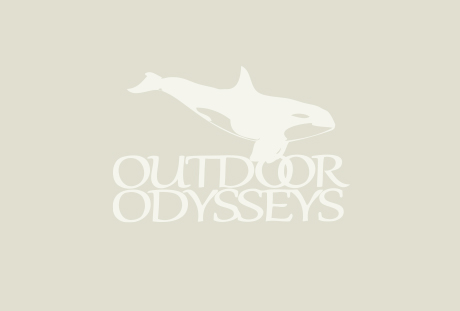Orca aren’t the only whales found in the waters of the San Juan Islands. Northern minke whales also live in the inland coastal waters of Washington but can be shy of boat traffic.
Bald Eagle Facts
The San Juan Islands host between 40 to 50 breeding pairs of bald eagles, one of the largest eagle nesting populations in the continental United States.
Birding in the San Juans
The rocky and tree lined shores of the San Juan Islands provide an excellent habitat for a wide variety of different bird species.
Salmon
The primary food source for the Southern Resident orcas is salmon. In fact, approximately 80-90% of a Resident orca’s diet is composed of these fish. A National Marine Fisheries Service study in March 2010 found that orca whales consume a specific species, the Chinook salmon. Also known as King or Tyee salmon, the Chinook salmon (Oncorhynchus tshawystscha) stocks originate in rivers from central California to northwest Alaska. These salmon are anadromous, which means that they spend the majority of their life in the ocean but return to their natal freshwater streams to spawn, or reproduce. Chinook are typically the largest…
May Sunset Magazine Article on the San Juans
We had a nice mention (and great photo!) in the current May issue of Sunset Magazine. They ran a four page “Insider’s Guide to the San Juan Islands” and we had the good fortune to be mentioned on page 78. (If you look closely the paddler in the back of the kayak is my wife, Libs!) The photo was taken just as we were leaving San Juan County Park on the West side of San Juan Island. We launch all our 1, 3 and 4 day tours from the county park as it is the best place in the San…
Pacific Smelt Population Threatened
Pacific smelt, a small silvery fish also known as eulachon or candlefish, has been listed by NOAA as a threatened species due to declining populations. Pacific smelt was a staple of the Northwest American Indian tribes when the Lewis and Clark expedition arrived on the west coast in 1806. Lewis was impressed enough with smelt as a food source while spending the winter on the Oregon coast that he drew a picture of the fish in his journal. Historically, their numbers were so abundant one could literally ‘rake’ them out of the rivers. Times have changed. “The tribe just had…
